 CV news features" width="372" height="62" />
CV news features" width="372" height="62" /> CV news features" width="372" height="62" />
CV news features" width="372" height="62" />
Writing a good CV can be tricky, but it’s a hurdle you will have to overcome if you want to land that dream job.
One tool that will make life easier for you as a job seeker, is a professional CV template.
I’ve created 9 interview-winning PDF CV templates, which you can access instantly, edit and download.
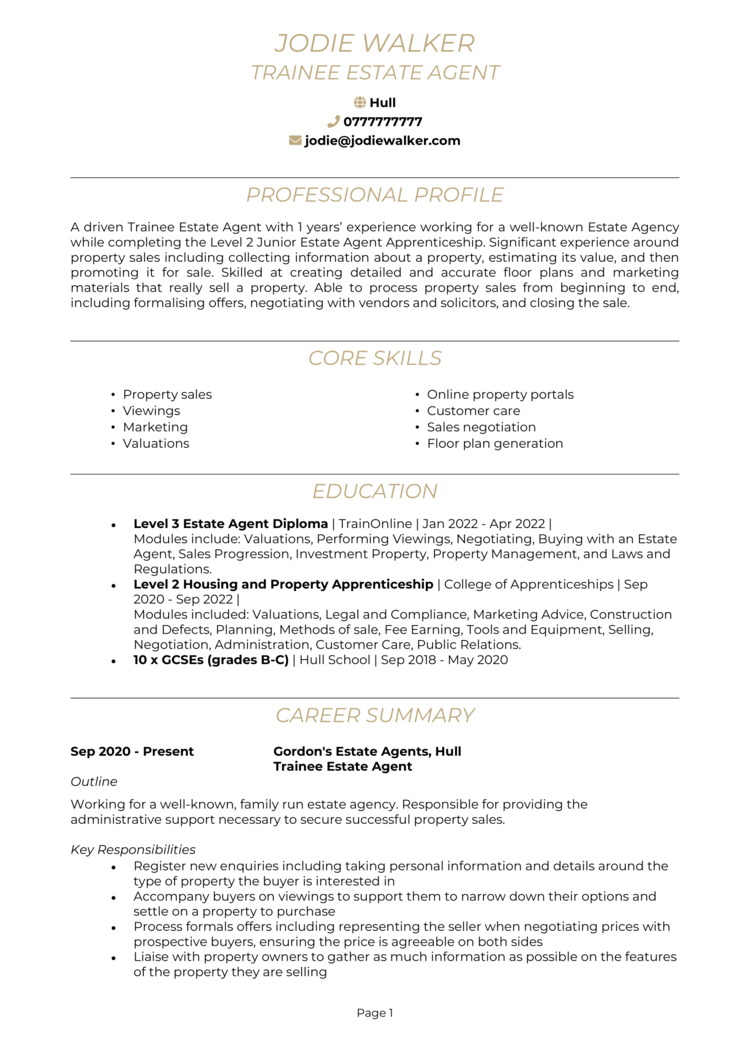
Key features
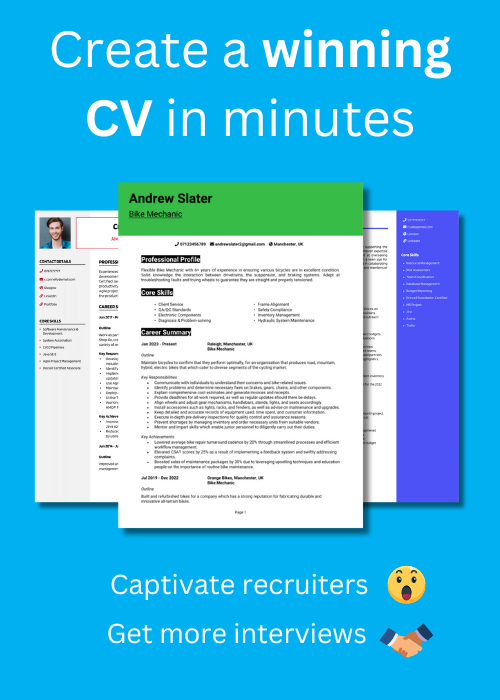


Key features
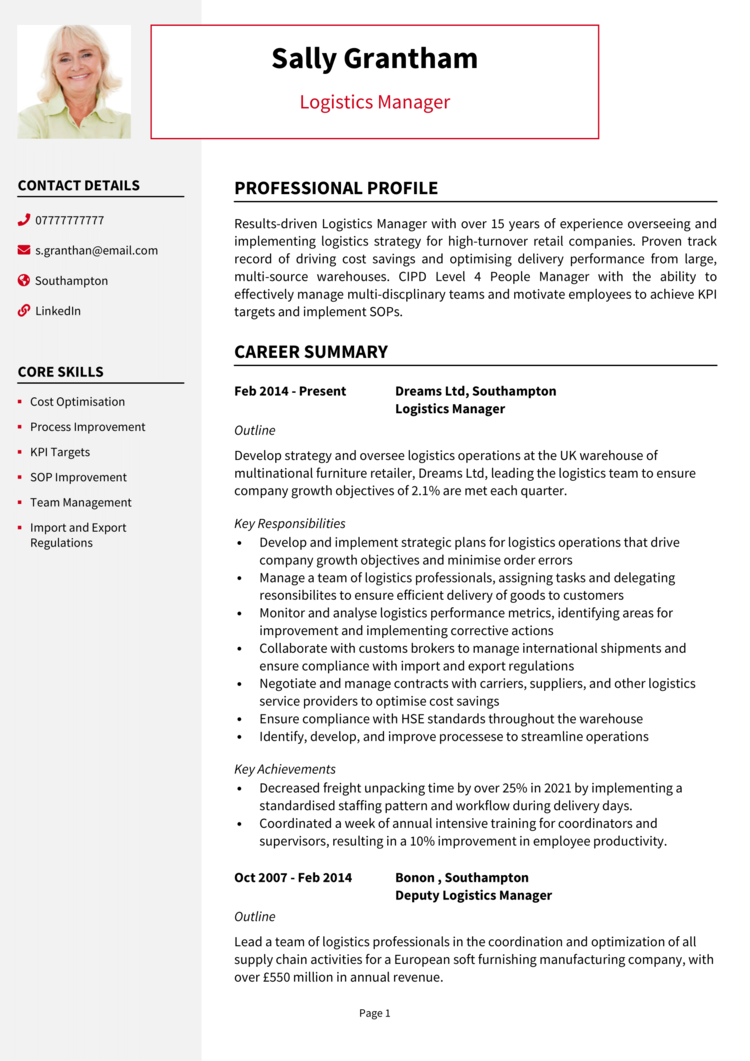
Key features
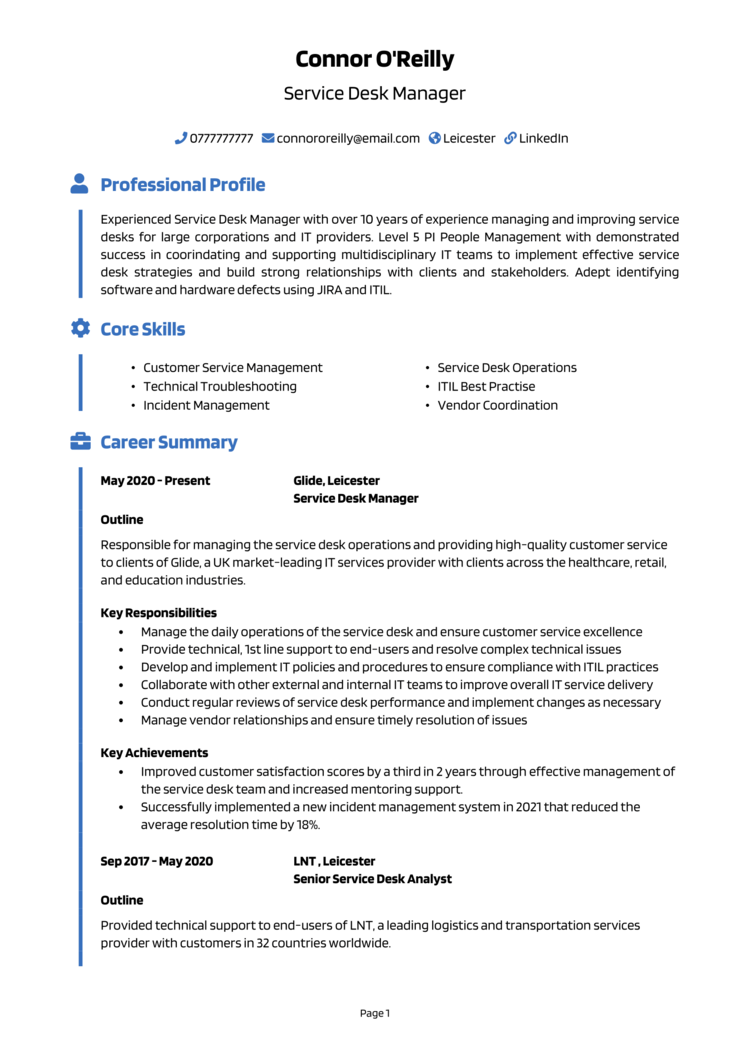
Key features
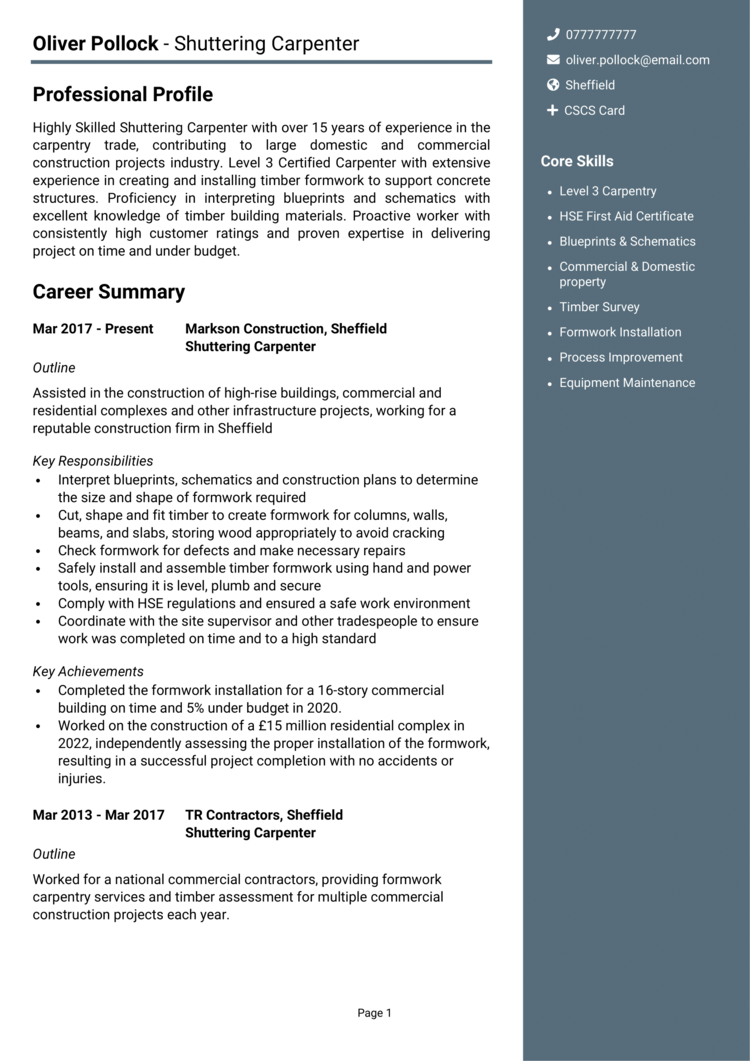
Key features

Key features


Before you start adding content to your CV, it’s vital to get the format and structure right.
Here’s what the format and structure need to do:
Here’s an infographic that gives you a quick overview of how to achieve this.

Stick to the following guidelines when formatting the CV:
Use a basic clear font – anything too elaborate will be difficult to read.

Break the document up into clearly divisible sections using bold headings and borders, so that recruiters can navigate the page seamlessly.

Break text up into bullet points and short sentences to facilitate easy reading. Avoid big chunks of text, they are a reader’s worst nightmare



Your CV needs to be structured in a way that gives recruiters the information they need, in the order they want it. You can always use one our CV templates to get a head start on this.
Here is an overview of the sections your CV needs, in the order they should appear.

Note: You do not need to add references to your CV – employers should only ask for them once they’ve made you a conditional offer.
Now. Let’s take a look at each of these sections and how to write them.
Head the CV with your name and contact details tucked up into the top right corner of the document.
It’s important that your contact details aren’t missed, but you don’t want to take up too much room with them – so keep them brief.

You only need to include your name, telephone number, email address, and general location.
Don’t add your full address, date of birth, or anything else that is surplus to requirement at this stage of the application – they will waste valuable space.
To ensure that your CV holds the attention of busy recruiters as they plough through all of the CVs in their inbox, you need a punchy profile to hook them.
Your CV profile (or personal statement) is a short simple paragraph that sits at the top of your CV, and summarises your abilities as a candidate.
For best results, it should be tailored to match the requirements of your target jobs as much as possible.

The information you include in your CV will obviously differ depending on your profession and experience level, but generally speaking you should be giving a round-up of the following:
Keep the profile brief to give readers a quick understanding of what you do – save the detail for your work experience.
Avoid using too many cliché terms in your profile (such as hardworking team player) They are generic and don’t give recruiters a proper understanding of your skills.
Quick tip: If you worry that your spelling and grammar might not be correct, try using our quick-and-easy CV Builder to eliminate the risk of making mistakes.
If you are an experienced candidate, the bulk of your CV should consist of your work experience.
Your roles should be listed from current to oldest, with lots of detail in recent roles, and less details in dated roles. This is because employers will consider your recent work to be much more important in determining your suitability, and so will want more information about your current/most-recent job.

Roles form 5, 10 years ago or longer can be reduced down to 1 line summaries, or even removed if they aren’t relevant.
Your recent roles need to be well structured so that recruiters and hiring managers can skim read them and digest the information they need.
Use a structure like the example below to achieve this.
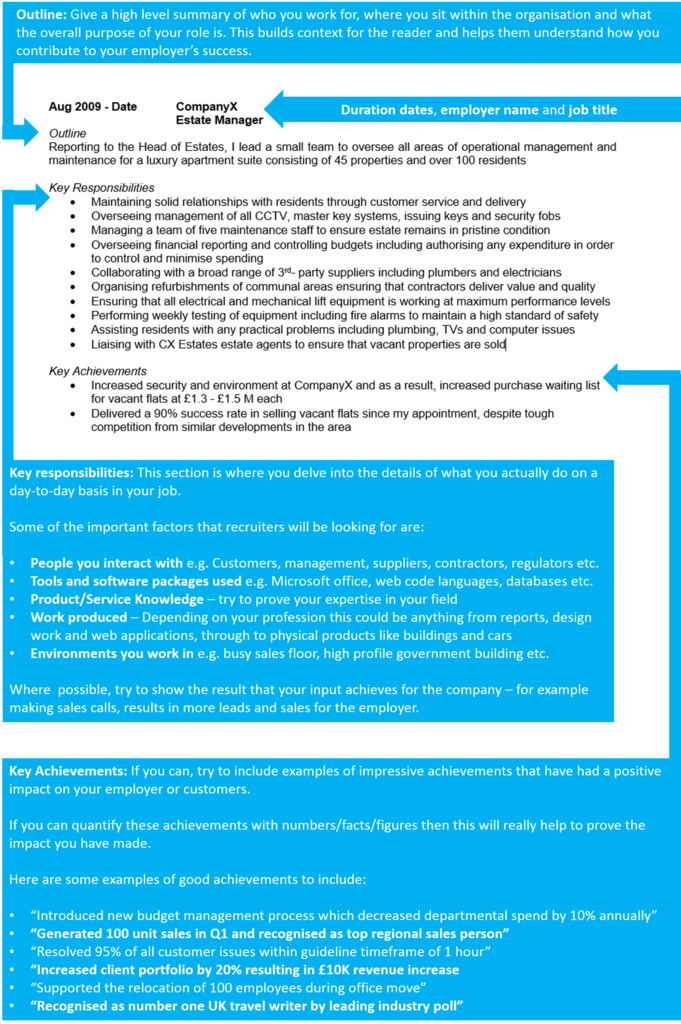
Start with an outline to build some quick context for readers, showing them who the employer is, and what the overall goal of your role is.
Then bullet point your responsibilities to demonstrate your input into the role, whilst displaying as many important skills and abilities as you can.
Round the role off with some notable key achievements to show employers what impact you have made in the role.
Bonus tip: Quantify your achievements with facts and figure to prove how valuable your input has been.

Your education should be listed towards the end of your CV, simply listing your most relevant qualifications.
If you are an experienced candidate, you can keep this section short because recruiters will be giving your work experience more attention.
If you are a school leaver or graduate with little/no experience, you will need to include more detail on your education to compensate for the lack of workplace skills. On top of your exam grades, it can be helpful to include modules, projects and positions of responsibility taken up within school.
If you have a technical role, such as a developer or electrician, you can also add a technical skills section.
Hobbies and interests are an optional section which can help you to demonstrate skills gained outside of your work and education.
If you’re a junior candidate, or somebody with work-related interests, they can provide a great boost to the CV.
Check out my video on CV hobbies which will tell you if you should add hobbies to your CV…
Hopefully this guide and example CV have given you a good idea on how to write your own CV.
Above all, remember to create a pleasant reading experience which quickly explains why you are suitable for the roles you are applying to. If you can do this effectively, you will get plenty of responses from your applications, and should be able to land the interviews you need.
If you want to get a head start on your CV, download my CV template.
Good luck with the job search!